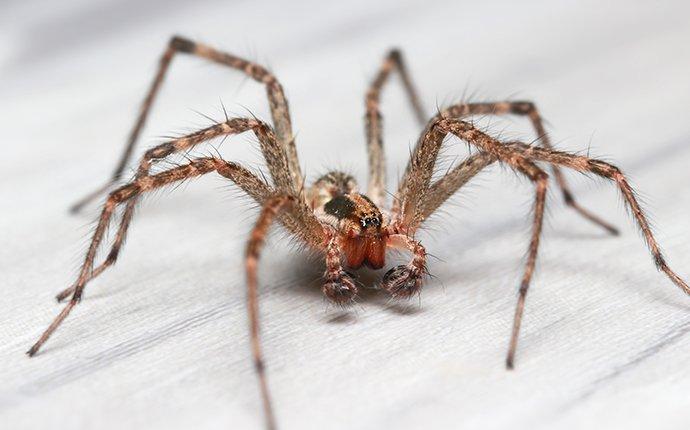


The main purpose of the key is to identify the hobo spider as compared to other Tegenaria species and members of the wolf spider family (Lycosidae).ī's page on Hobo Spiders. Hobo or Not a Hobo–That IS the Question. A Photographic Key to Discerning Hobo From Non-Hobo Spiders, from Utah State University Extension, provides a dichotomous key for spiders that is intended for use with a microscope. They frequent dark, moist areas and are most often found in basements, window wells and crawl spaces.” Because “they are poor climbers, they are rarely found above ground level. Description, habits, habitat, prevention, and more. Hobo spiders are more common further east and are easily found around Salt Lake City, Utah. “Although once common in Seattle, the hobo spider apparently is being competitively displaced by another European Tegenaria (TEJ-in-Er-ee-uh) species so that it is now difficult (but not impossible) to find hobo spiders in Seattle. Hobo Spider Integrated Pest Management in and Around the Home, from University of California Cooperative Extension.
Are hobo spiders poisonous how to#
How to recognize hobo spiders: Myth-busting, from the Burke Museum. They say: “Without a microscope and some level of expertise you cannot distinguish a hobo spider from other similar-looking spiders.” Utah State University Extension Hobo Spiders website: “This page was developed to answer any questions you might have about hobo spiders and their control.” Information is presented on range, lifecycle, identification, and more. So we thought we would provide links to some good hobo spider web pages and include excerpts from their pages as a way to summarize some useful info about these spiders. Much good information on hobo spiders is already on the Internet.


 0 kommentar(er)
0 kommentar(er)
